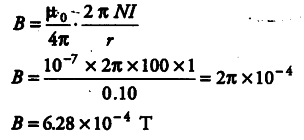Naturally, the accuracy of the field reproduction can also be improved by increasing the number of tiles. Note that the optimal solution, and thereby the shape of the precision contours, change. If the side length of the volume of interest is decreased to 0.5, the accuracy improves to 1%, as shown in Fig. In general, the further away the volume of interest is from the coils, the better the accuracy. The solution, and thus the contours too, depend on the choice of the volume of interest. Inside the volume of interest, depicted by a dashed line, the design goal of a homogeneous field is reproduced with a few per cent accuracy. Contours show the relative deviation from the homogeneous field. 5(a), as a horizontal cut along the central plane. The magnetic field produced by the solution is shown in Fig. Note that many currents almost cancel each other, in particular, those along horizontal edges. (7), I 0, directly gives the currents in each tile, which are graphically depicted in Fig.
For the sake of simplicity, we design a coil for a homogeneous field along an axis of the cube. As the volume of interest we pick a cube, centered with the unit one, with side length 0.75 (with a regular mesh of 10 × 10 points on each face, a total of m = 488 points of interest). Let us look at an example of a coil design on a unit cube with the number of tiles N = 6 × (3 × 3) (see Fig.



